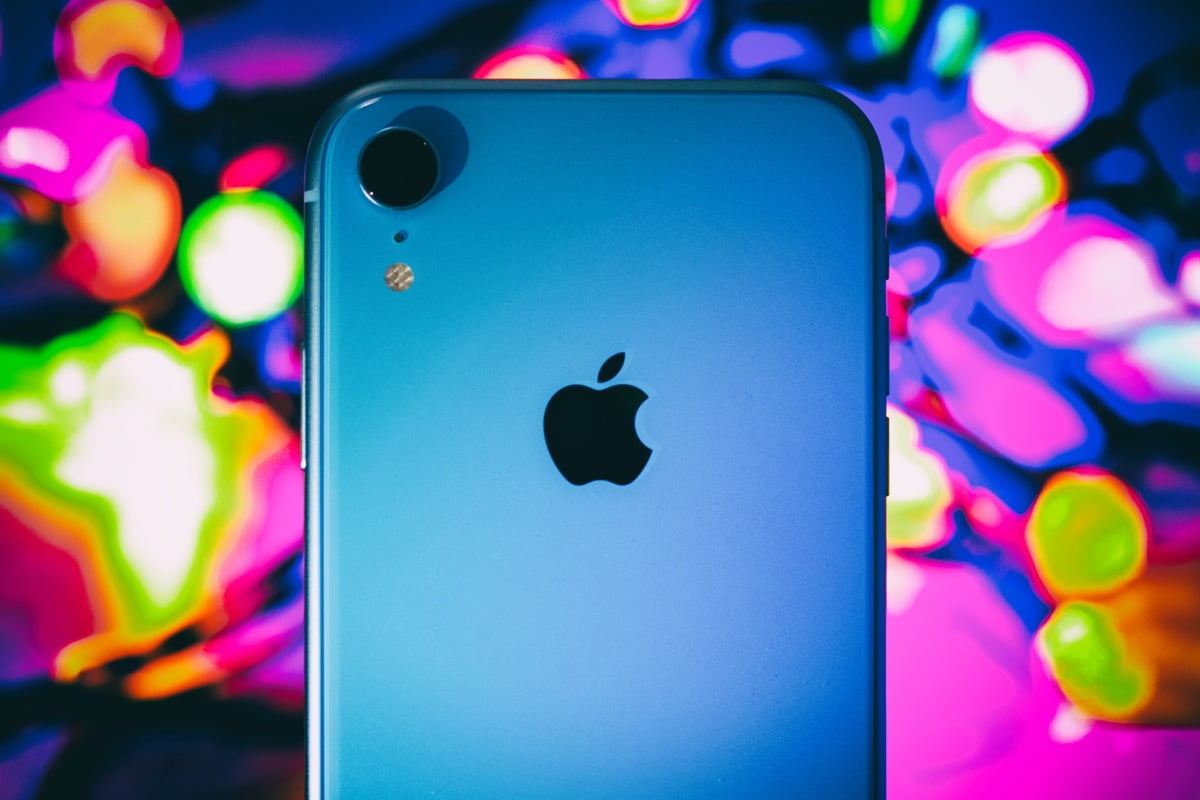
Marketing impacts our daily lives whether we want it to or not and with the advent of social media, smartphones and our growing reliance on a constantly connected world, it’s impact has only continued to grow. However, we have witnessed a fast-evolving industry as technology has changed the way consumers interact with brands and vice versa.
As consumers, we may not be aware of the changes as they happen, but we experience the impact on a daily basis. Here are 5 technologies disrupting marketing and PR right now.
1. Voice Marketing is Commonplace
With the introduction and wide acceptance of products like Amazon Echo and Google Home, voice assistants are now commonplace. This is impacting brands around the world, as they try to leverage a new channel to reach consumers. As we speak, brands are starting to invest in voice marketing through search and are looking for ways to integrate the technology into their services.
Southeast Asia is still catching on, but many brands are moving towards a Voice-first marketing strategy.
2. Automating Public Relations
Automation technology is helping PR firms scale faster and more efficiently than ever before. Some PR services are providing a SaaS platform to allow brands to manage their own PR with the same network and background as a PR agency. However, this has led to a different set of challenges for brands. Because having the contacts and tools at your disposal is only part of the requirements for an effective PR outreach campaign – there is still creativity required.
However, this is just the beginning for the PR industry. As technologies like Artificial intelligence and Machine Learning continue to evolve, there is even the potential to replace the human-aspect of PR with algorithms and bots designed to mimic human speech, tonality and nuance. Though this is a few years from reality, the question is when it will happen rather than if it will.
3. Bots are Getting Smarter
And now we segway perfectly into ‘bots’ and how conversational and programmable chatbots are able to engage consumers. Marketing is moving beyond simple automatic responses and into conversational bots that are able to converse and replicate real conversation either through voice or over a messaging channel. This is impacting the way brands can interact and engage with consumers.
4. Data Collection and Analysis has Changed the Face of Marketing
Subjective creativity and the ‘Mad Men’ days are long behind us as many marketers are closer to data analysts rather than creative gurus. Data and statistics are the basis on which many marketing campaigns are developed and executed, with creativity being a much smaller piece of the overall marketing campaign. This has changed the overall style of marketing and driven (mostly consumer-focused) brands towards a similar look and feel for most marketing strategies.
5. Atomic Content Strategy Makes Personalisation Better
Atomic, in this case, refers to the creation and customization of small content elements or as they are known in the industry, ‘Atoms’. These include written copy, images, and video, that can be assembled to create videos, emails, web pages or other marketing assets tailored to the consumer’s actions.
Depending on the complexity of the digital platform you access, marketers can utilise your purchase history, estimate your potential lifetime value to the brand and identify demographic data to create a personalised marketing message tailored to convert you to a paying customer.
[“source=entrepreneur”]




















